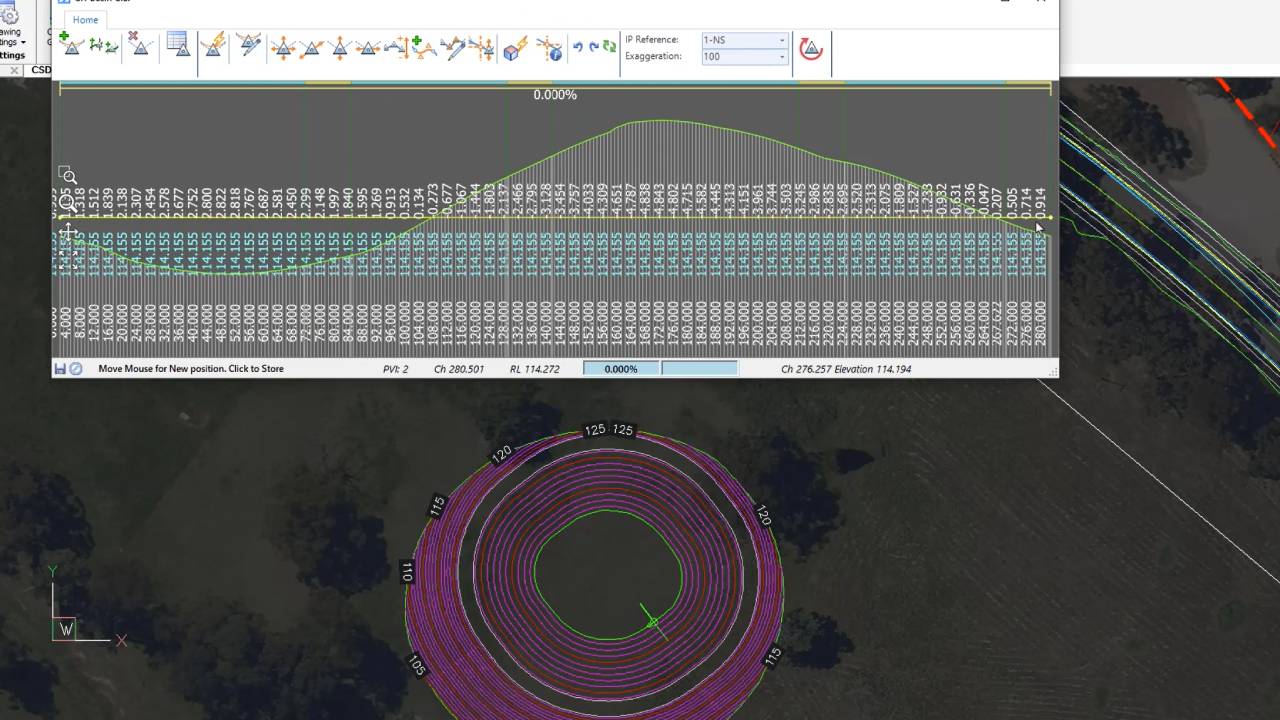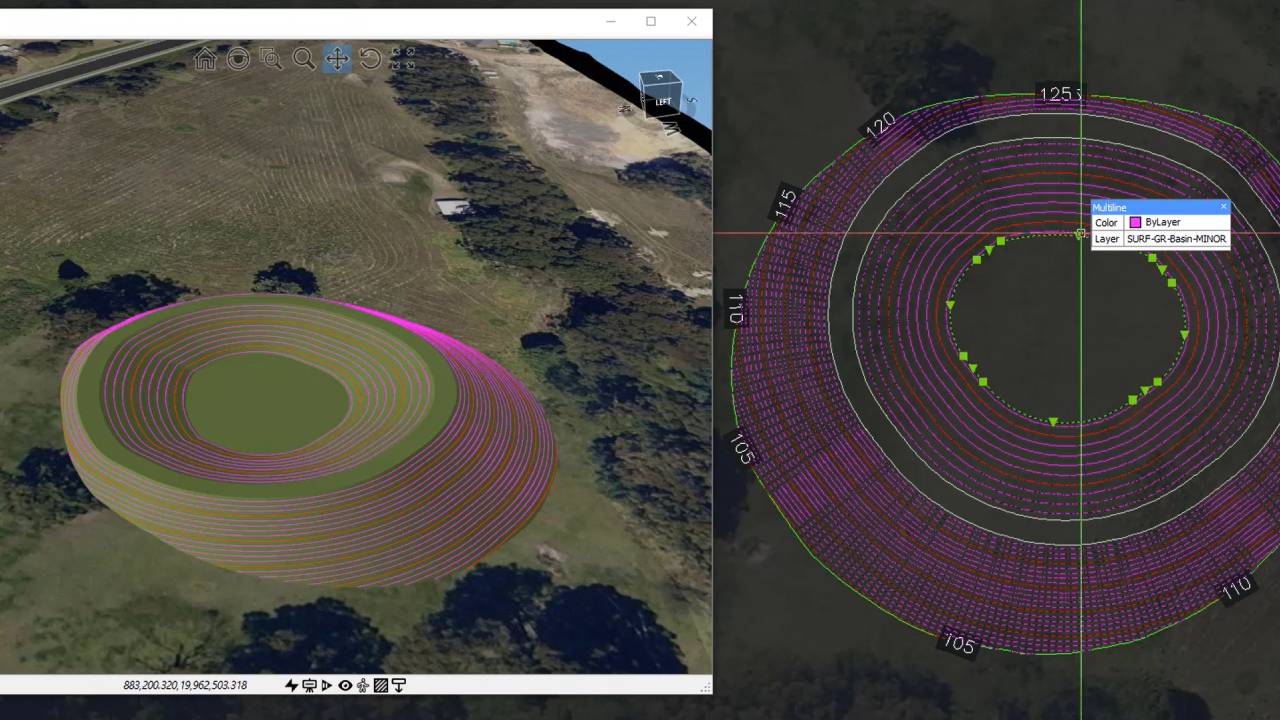Civil Site Design has truly revolutionized the realm of civil engineering and design with its intuitive grading tools.
By harnessing the simplicity of polylines and the versatility of templates, these tools offer a seamless experience for modeling a diverse range of structures and elements. Whether you’re looking to design basins, craft retaining walls, lay out intricate drainage systems, or tackle other complex projects, Civil Site Design has got you covered.
At the heart of these grading tools is the emphasis on user-friendliness and precision. The software understands that in the dynamic world of civil design, efficiency is paramount. Hence, it offers tools like the Vertical Grading Editor and Grid View. These tools are specifically designed to manage the vertical aspects of your design. Whether you’re setting elevations, determining slopes, or making other vertical adjustments, these editors provide a streamlined interface to make the process smooth and accurate.
But the innovation doesn’t stop at vertical design. Civil Site Design recognizes the importance of horizontal geometry in any project. To cater to this, the software offers a grip editing feature. This feature allows users to easily adjust the horizontal aspects of their design. Whether you’re tweaking alignments, adjusting curves, or making other modifications, the grip editing tool ensures that you can do so with precision and ease.
What truly sets Civil Site Design apart, however, is its commitment to real-time updates. As you make changes, be it in the vertical or horizontal design, the software instantly reflects these updates in both the drawing and the model viewer. This means that designers can immediately visualize the impact of their changes, ensuring that the final design is both accurate and in line with their vision.
In essence, Civil Site Design’s grading tools are not just functionalities; they represent a commitment to excellence, precision, and user experience. By offering real-time insights and a range of editing tools, they ensure that every project, no matter how complex, is executed with perfection.

Built for rapid design of features such as building pads and detention basins, the dynamic grading tools automatically clean up internal overlapping corners and include radial and mitre options on external corners.
With the Site Grading tools you can take a polyline, apply a cross section template (assembly) to create a graded surface complete with corner cleanup. The surface and grading linework automatically updates as you edit your grading, so you get immediate feedback on the impact of your design changes, as you make them.
You can immediately review volume outputs after making design changes, enabling easy volume checking and optimization. Use the Civil Site Design Surface Modelling tools to create one total dynamic surface model incorporating all your land development components – perfect for lot grading.
If you’re using Civil 3D, this is a rapid creation alternative to the Civil 3D grading tools, supporting a total cross section extraction along a polyline and with corner cleanup. Volume calculations in Civil 3D can be made by exporting the grading surface out as a Civil 3D surface object.

The grading tools support cross section templates (assemblies) and intelligent batter designs to address specific site design requirements. As well, you can combine template and string based designs into the grading models to get the fine level of control you require.
The quick elevation viewer makes it even easier to apply changes to your grading string levels and see the results. You can use both the vertical grading design tools and the quick elevation viewer to make edits to the design – change IP positions along the grading, edit and add vertical curves, either in a grid view or using a graphical vertical design display.
Discover More About Civil Site Design for BricsCAD
Recent Posts
Tags

